How Ancient People Stored Food Without a Fridge
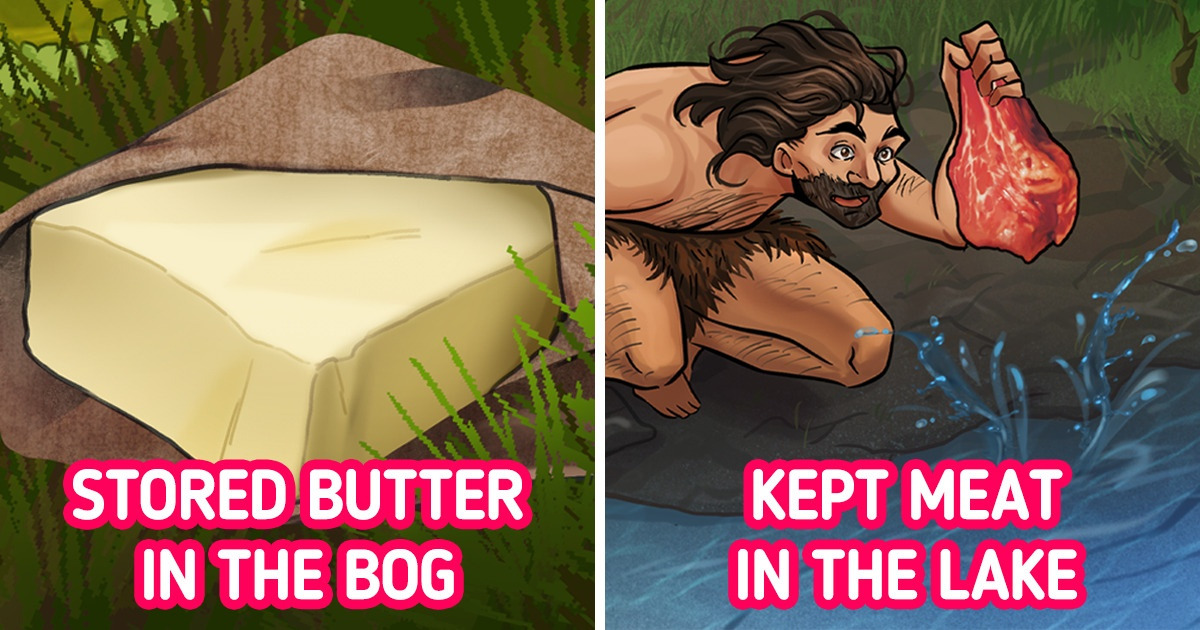
It’s hard to imagine life without a fridge. Thanks to refrigerators, we don’t have to cook and go buy groceries every day. A fridge keeps our food fresh. But it was not always like this. Our ancestors had to work hard to keep their food from spoiling.
With 5-Minute Crafts, you’ll find out how people used to live without a fridge.
The electric fridge was invented in 1913. Before then, people had to use other ways to store food. In cold regions, perishable food was kept at low temperatures. There is written evidence that people harvested ice and snow as early as 1000 BC. But people living in warm regions had to be more inventive.
Lake
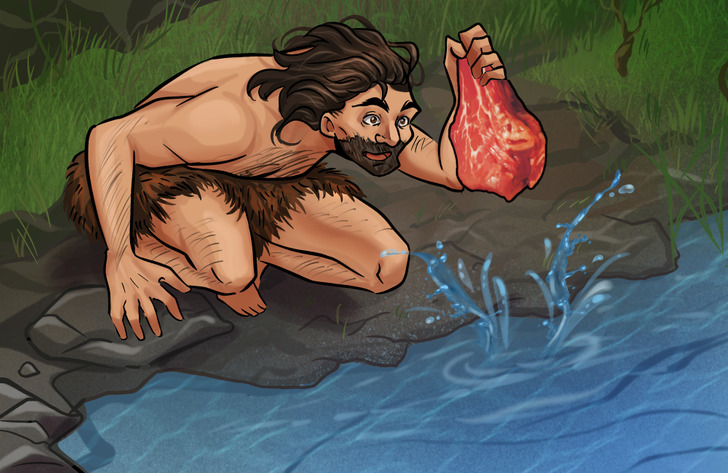
Ancient people needed to somehow store perishable food, and they found quite an interesting way out. For example, it was impossible to eat an entire mammoth quickly. So, the carcass was cut into pieces on the spot, and the pieces of meat were placed in the nearest lake. The meat could be stored in the water for quite a long time — from fall to summer.
The water-dwelling Lactobacilli bacteria helped preserve the meat. They produce lactic acid, a chemical by-product of anaerobic respiration. Bacteria colonize meat and the lactic acid preserves the muscle mass. The low temperature and low oxygen content of the lake water also contribute to the meat preservation process.
Bog
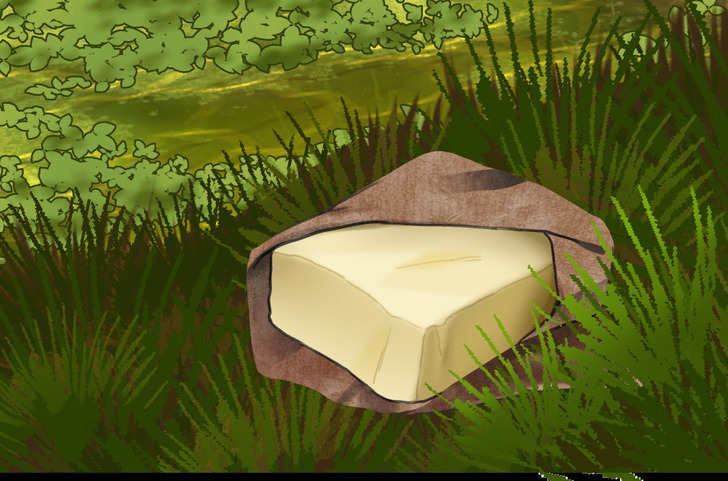
Lakes are not the strangest places people have stored food. Some people have used a bog for this purpose. It’s a cool environment with a low oxygen content and high acidity, which excellently preserves perishable foods.
In Northern Europe, ancient civilizations would put butter into the bog to preserve it.
Yakhchal
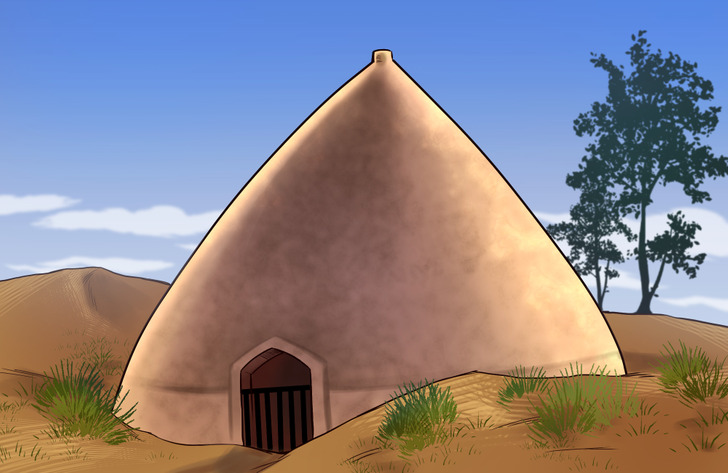
Yakhchal is a building made of a special mortar called sārooj. This was a mixture of sand, clay, egg whites, lime, goat hair, and ash. Sārooj provided super insulation and protection from the scorching sun.
The building was dome-shaped, and the underground space was used to store ice or food. In winter, ice would be brought there from the nearby mountains and stored for a whole year. But water was used more often which was brought from nearby springs via underground channel systems. The water moved to the north side of the wall which was in the shade.
The evaporative cooling system inside was powered by this water along with wind catchers. Evaporative cooling did a pretty good job of lowering the temperature inside. So, ice was made right in the yakhchal. It was then used to cool food. There were trenches at the bottom of the building to collect water from the blocks of ice. After that, this water was re-frozen during nighttime.
Ice could be bought at the bazaar or directly in the yakhchal. The first one was built in 400 BCE.
Ice house
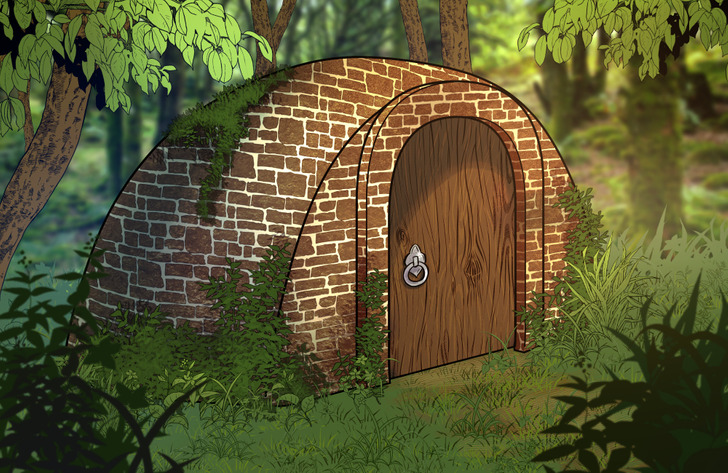
An ice house is a building for storing ice all year round. It was also known as an ice well, ice pit, or ice mound. The building was cooled by an underground pit full of ice. This refrigeration method became very popular by the 1800s when ice delivery became common.
To prevent snow and ice from melting, the ice pit was insulated with straw or sawdust. Ice was most commonly used to store perishable foods, cool drinks, and make cold desserts.
Wooden ice box
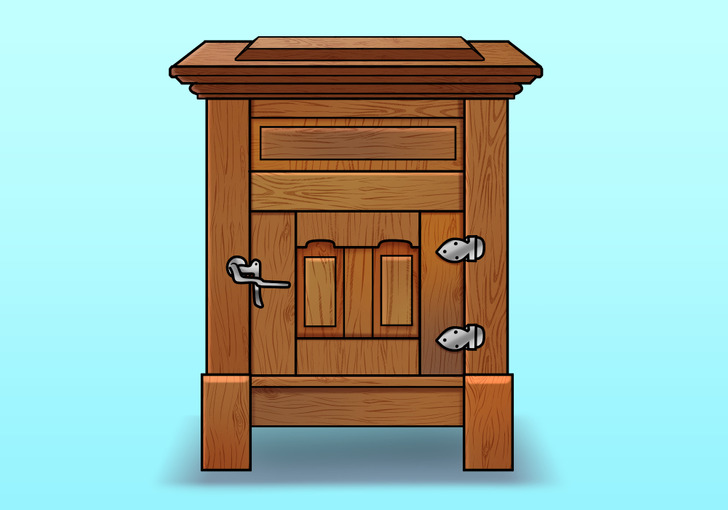
Wooden iceboxes were made of solid hardwood and looked like chests of drawers. Several compartments inside made it possible to store a sufficient amount of food. The hollow walls of this box were lined with zinc or tin. Different insulating materials were used in them, like flax straw, cork, seaweed, sawdust, mineral wood, and charcoal.
There were drainage holes inside to drain water after the ice melted. However, due to constant contact with water, the wood tended to wear out, and later ice boxes began to be made of metal.
Pantry
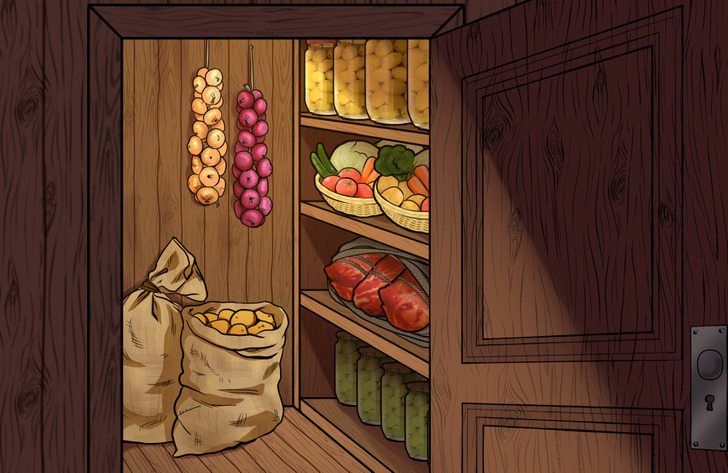
Just about 100 years ago, many houses still had a pantry for storing food. They had been used since the Middle Ages.
A pantry is a special room with wooden shelves located on the north side of the house. In summer, the temperature there was kept a few degrees lower than the temperature in the house. Mainly cheesecakes, eggs, butter, pastries and bread were stored in a cold pantry.
Cellar
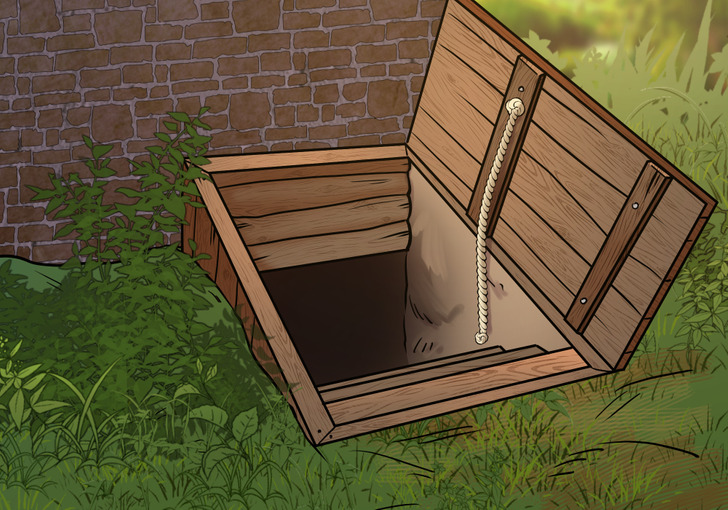
A cellar is a pantry that is dug into the ground. Foods don’t spoil in the cellar due to the natural cooling properties of the earth and humidity.
Potatoes, onions, carrots, radishes, beets, turnips, pumpkins, cabbages, canned food, and so on can be stored there. For storing vegetables, it’s better to use wire or wooden boxes. Onions or carrots can be collected in bunches and hung up.
Other methods of food storage
To keep your food fresh, you need to prevent the growth of harmful bacteria in it. There are many ways to do this:
- Drying. The main contributor to food spoilage is water. Without it, bacteria would simply have nowhere to grow. Simple drying will help preserve a wide variety of foods. For example, by drying meat and grapes, you will get jerky and raisins.
- Salt curing. Salt effectively extracts moisture, so it’s one of the main ingredients for preservation. Straightforward salt curing methods are most often used for curing meats.
- Smoking. Even though smoking doesn’t keep meat fresh, it helps protect the outer layers of fat from going rancid. Smoking is used together with salt curing to fully preserve meat products.
- Pickling. During pickling, food is immersed in a vinegar-based liquid or a brine which is heavily salted water. This helps prevent the growth of bacteria. Vegetables are mostly pickled today, but historically this method of preserving foods was used on certain fruits and meats.
- Sugaring. Sugaring is a sweet alternative to pickling. To prevent fruit from rotting, they are dipped in sugar syrup or dried and coated with crystallized sugar. Sugar absorbs moisture just as well as salt, so food doesn’t spoil.